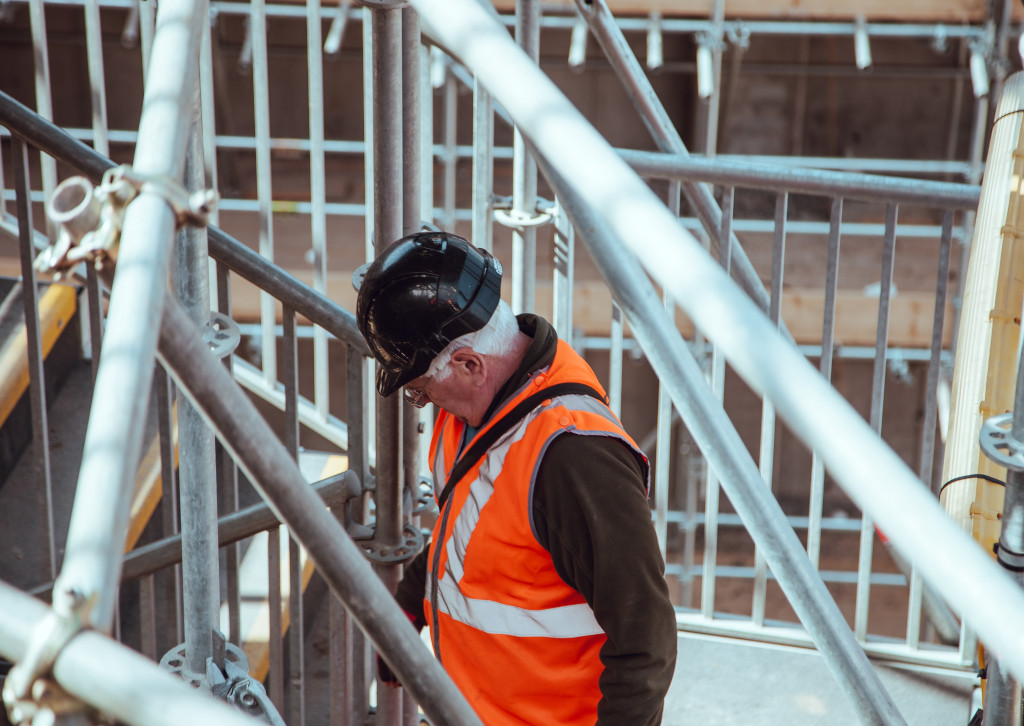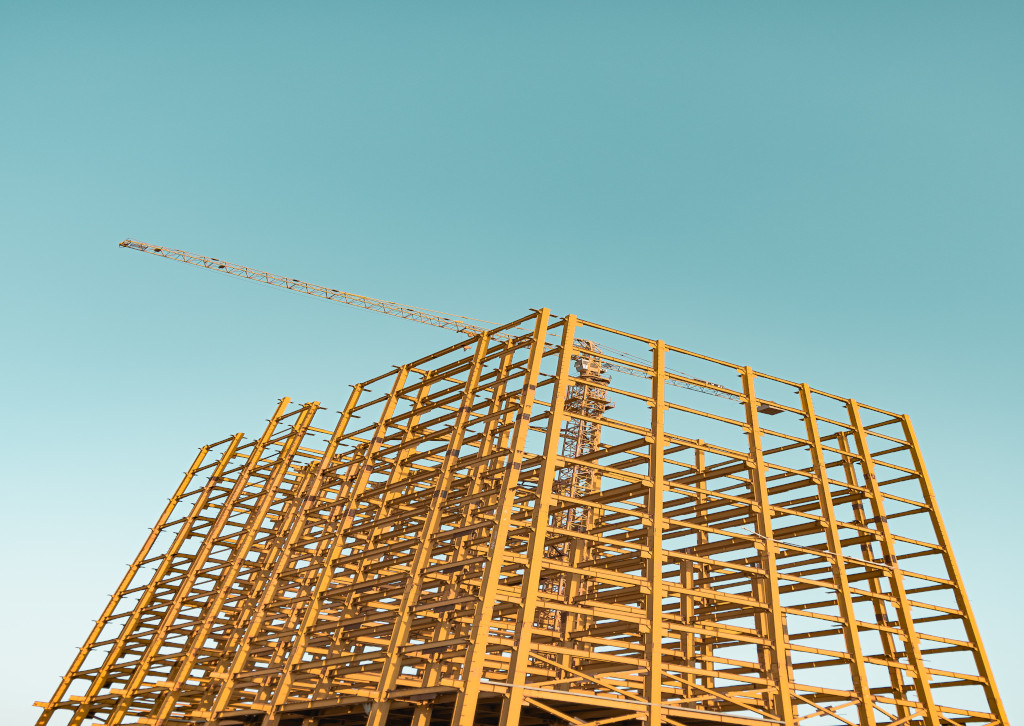From Telematics to Revenue: Reimagining Asset Lifecycle Management as a Service
In construction, asset lifecycle management is critical to ensuring trucks and heavy equipment are performing well so critical projects finish on time. These vehicles need to be in the right locations and deliver maximum value compared to hourly operating and owning costs. But with many moving parts to monitor, asset lifecycle management can easily overwhelm project owners or site managers—especially if they oversee equipment across multiple job sites.
For OEMs and their dealers supplying the equipment, there’s an open opportunity to support these customers and provide asset lifecycle management as a recurring, value-added service through telematics. By outfitting trucks and heavy equipment with the latest sensors and Industrial Internet of Things (IIoT) devices, it’s possible to collect comprehensive data on equipment usage, health, performance, and location.
When data is shared in real-time through the cloud and displayed in an asset management application, OEMs and dealers can gain enhanced visibility across a customer’s connected fleet along with insights to guide smarter equipment maintenance, deployment and replacement decisions. Let’s look at how telematics solutions can optimize asset lifecycle management across these three areas and how the technology provides a win-win for both equipment dealers and owners.
Scheduling and managing proactive maintenance
Telematics data on equipment usage, such as hours of use and operator behavior, can help proactively determine when a heavy construction vehicle requires maintenance or repair. Alerts can be set up to automatically notify relevant personnel — within the equipment owner’s and dealer’s organization — if a device detects an engine fault or any type of vehicle maintenance or service trigger.
Combined with a third-party maintenance management solution, these insights enable dealers to develop equipment maintenance schedules and drive work orders from initiation to completion. After service is complete on a truck or piece of heavy equipment, the installed sensors and devices can provide additional operating data to confirm that the job was done properly before deployment back in the field.
For the owners, proactive maintenance scheduling and upkeep based on equipment usage reduces the risks of a vehicle breaking down in the middle of operations on a construction site to maximize uptime. For OEMs and their dealers, it’s a great way to stay in front of their customers and drive additional revenue streams through parts and labor during service.
sset location tracking
Telematics devices with GPS tracking displayed via an asset management application can provide owners and dealers with insights into the precise location of all assets across their connected fleet, including at multiple job sites. Meaning, if a vehicle requires maintenance, it can be located quickly and routed to the dealer for service.
Similar to when consumers track an e-commerce order, an asset management solution will provide a projected travel time for the asset and notification when it successfully reaches the dealership’s service area. Likewise, owners can track serviced vehicles while they’re in transit back to the lot or job site.
Location tracking provides an additional layer of security over a fleet, not only when vehicles are en route between the dealer and customer but also when deployed onsite. Dealers can set geofences for the perimeter of a work zone to monitor when these assets enter or leave the defined area. Any instance of unauthorized use outside the geofence — in addition to an engine starting outside of working hours — can be identified in advance as preventive measures to protect owners and their fleets against theft.
Determining when it’s time
In addition to determining when an asset is due for repair, it’s also important to know when it’s nearing the end of life and time for a replacement. This is when heavy equipment Lifecycle Cost Analysis (LCCA) comes into play and where telematics data can contribute greatly in deciding whether to repair or replace a piece of heavy equipment.
Heavy equipment LCCA considers operating and owning costs, hours of use, fuel usage, and historical maintenance and service data to determine if an asset should be replaced. Other factors can impact the decision as well, such as the equipment’s resell value and new capabilities available on newer models. With the customer’s best interest in mind, dealers can inform them when it’s time to replace a piece of equipment before it becomes a diminishing asset.
Another critical aspect of asset lifecycle management that can influence new purchase decisions is equipment utilization. Suppose telematics data shows a customer is using one asset more heavily than another. In that case, it may indicate the need for an additional resource to minimize wear and tear and risks for delays or downtime if the equipment requires maintenance. On the other hand, underutilized assets may indicate the need for a different type of equipment that’s more aligned with the project at hand.
The win-win
Asset lifecycle management boils down to maximizing the economic life out of a heavy construction fleet. Data captured by telematics devices and displayed in a user-friendly application provides a means of understanding the many facets of operating and owning these assets throughout their lifecycle. When OEMs and their dealers harness data to derive meaningful insights in real time, they can highlight opportunities for owners to maximize uptime, reduce costs, optimize asset allocation, make mindful equipment replacements decisions, and ultimately drive profitability.
It’s a win-win in that owners can enjoy all of these benefits and realize greater returns on their heavy equipment investments. Meanwhile, telematics-enabled asset lifecycle management and fleet monitoring solutions can become sources of recurring service revenue for OEMs and their dealers.
For dealers who carry equipment from several OEMs, it’s also possible to bring together the data from different brands under one solution as most if not all OEMs who install telematics during production use a standard telematics interface defined by the Association of Equipment Management Professionals (AEMP). A single solution can therefore use the AEMP standard to integrate multiple sensors and devices, providing visibility across all equipment—regardless of manufacturer—to deliver comprehensive maintenance and utilization reporting for end-user customers.
Ultimately, the result of asset lifecycle management as a service is better customer interactions and relationships, where equipment owners view the OEMs and dealers as trusted partners in their construction operations.

Did you miss our previous article…
https://www.tortowheaton.com/?p=179
Industry Roundup: Bejac Adds Allu Material Processors
Allu Group has added Bejac to its dealer lineup, covering California, Nevada, Arizona and Utah.
Bejac will represent Allu’s range of D Series Transformer and Allu Crusher material processing attachments, providing sales and rental as well as aftermarket service and parts.
Established in 1953, Bejac has eight branch locations in California, two locations in Nevada, and one each in Arizona and Utah.
Titan Machinery revenues grow 35% in Q2
Titan Machinery says its revenues grew 35% year-over-year during Q2 compared with the same period last year, rising from $303.5 million in Q2 2020 to $377.6 million this year.
David Meyer, Titan’s chairman and CEO says he was “especially pleased with the improved performance of both our construction and international segments. Our construction segment pre-tax income grew 105% versus the prior year and our International segment pre-tax income increased by $0.9 million, and on an adjusted basis by $2.4 million, versus the prior year.”
The CNH Industrial dealer says equipment sales were $272.7 million in Q2, compared to $202.7 million during the same period last year. Parts sales rose from $61.5 million to $65.3 million.
The company’s construction segment rose from $77.7 million during Q2 2020 to $80.9 million, driven by increased equipment sales partially offset by lower parts, service and rental revenue resulting from the firm’s divestment in Arizona.
The company released expectations for the current year, and expects its agricultural segment to be up 18% to 23%, construction to be up 2% to 7% and its international segment to be up 27% to 32%.
“Our inventory turns are continuing to trend upward and we are receiving inventory shipments that are allowing us to surpass our revenue targets,” says Meyer. “While supply chains remain tight, we are confident in our ability to drive growth through the second half of our fiscal year and, as a result, we are raising our modeling assumptions accordingly.”
Herc buys CBS Rentals
Herc Holdings, operating as Herc Rentals, has purchased Texas-based CBS Rentals.
CBS is general equipment rental company with approximately 190 employees and 12 locations serving construction and industrial customers throughout Texas with additional locations in Carlsbad, New Mexico, and Kingsport, Tennessee. With the CBS acquisition, Herc Rentals expands its presence in Texas to 38 locations.
IROCK Crushers adds Golden Equipment
Golden Equipment will represent the IROCK Crusher line throughout New Mexico and the El Paso, Texas region. The dealer will represent the company’s line of mobile and portable crush plants, screening plants and conveying equipment for the demolition, recycling and aggregate industries.
MANUFACTURERS, SUPPLIERS
Husqvarna opens Experience Center

Husqvarna
Husqvarna Construction has opened a new construction experience center as part of its North American headquarters in Olathe, Kansas.
The 15,000-square-foot center offers two classrooms, a technical instruction room, indoor and outdoor demonstration ares and a Blastrac classroom. The company will use the center to train dealers and customers in concrete placement, concrete drilling and sawing and technical certification programs.
Manitowoc buys Aspen Equipment
Manitowoc says it will buy the assets of Aspen Equipment, a crane dealer and work truck upfitter, for $51 million. The purchase will expand its direct-to-customer footprint in Iowa, Nebraska and Minnesota.
Terex Utilities names Niven VP

NivenTerex
Darryl Niven has been appointed vice president and gGeneral mManager of Terex Utilities. Niven, who will be based in Terex Utilities Watertown, South Dakota headquarters, comes to the position with more than 30 years of experience in leading global manufacturing businesses.
He was most recently chief manufacturing officer of Park-Ohio Holdings, serving the automotive, heavy truck, industrial equipment, rail and aerospace industries. Niven has also held positions at BorgWarner, Eaton and Ford Motor.